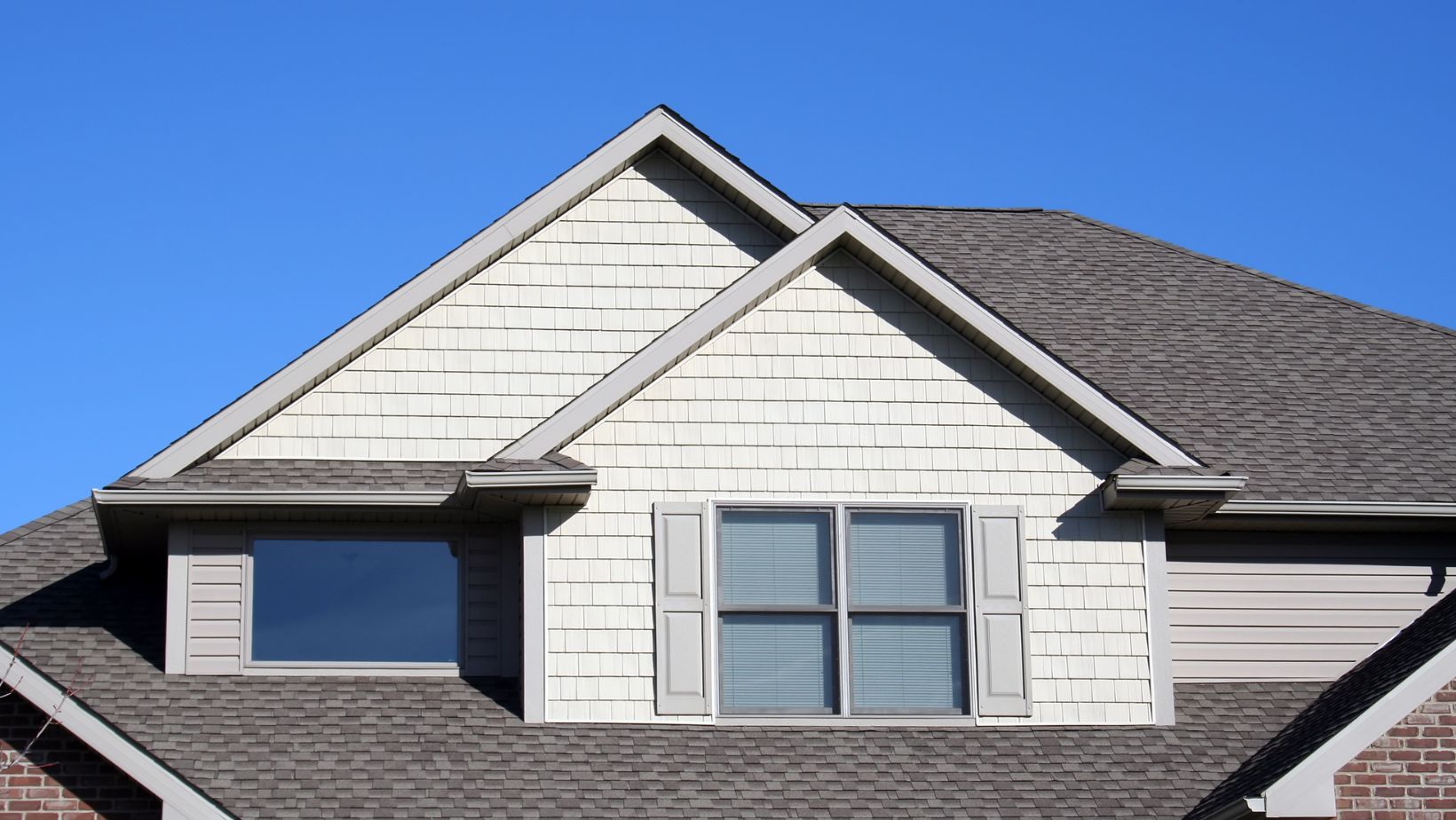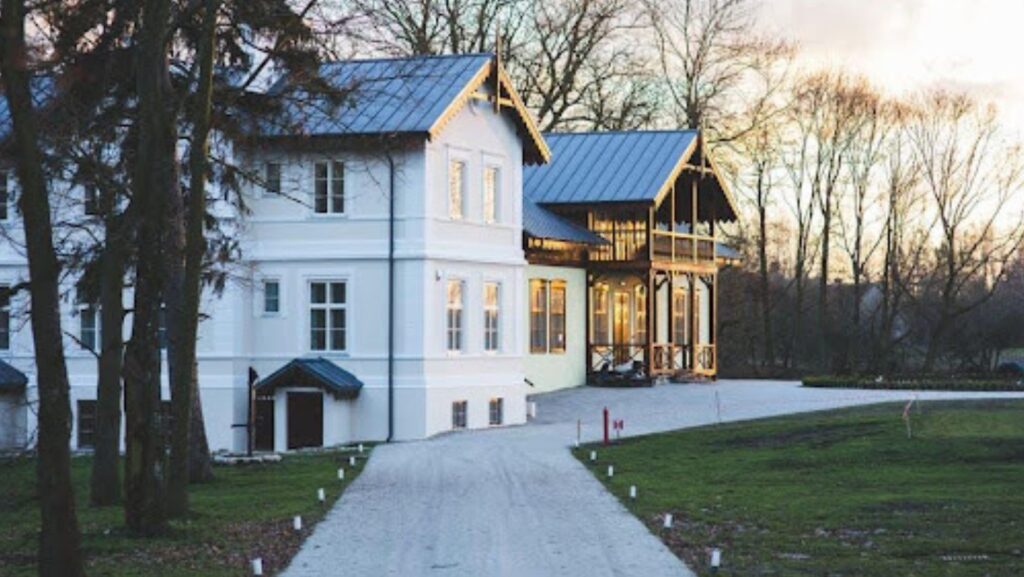Selecting an appropriate roofing system for a commercial structure can be one of the most significant decisions an owner or property manager will make. The roof is vital to the structure’s integrity, energy efficiency, and aesthetic appeal. Given today’s diverse options, pinpointing the right system can seem overwhelming. Yet, with informed choices, property owners can ensure longevity and performance that meets their needs. Let’s explore the key considerations when selecting a roofing system for your commercial projects.
Seek Professional Guidance and Installation
The expertise of professionals must be balanced when choosing and installing a commercial roofing system. Engaging with a reputable commercial roofing company provides property owners access to in-depth knowledge and recommendations tailored to each building’s unique needs, particularly when handling commercial projects in Richmond, where local expertise is essential. Professionals can guide the selection process while offering valuable insights on local regulations, helping avoid pitfalls during installation.
Furthermore, proper installation is critical to achieving the desired performance and lifespan of the roofing system. Cutting corners during installation may lead to premature failure and higher repair costs. Ensuring the roof is installed correctly by qualified experts will give building owners peace of mind and long-term satisfaction with their investment.
Understanding Different Types of Commercial Roofing Systems
There are several options for commercial roofing systems to consider. The most common types include built-up roofing (BUR), modified bitumen, single-ply membranes (like TPO, PVC, and EPDM), and metal roofing. Each type has unique benefits, construction methods, and average life spans. Before settling on one, it’s essential to weigh the specific requirements of the commercial building, as certain materials may be better suited for specific environments.
For instance, built-up roofing systems are known for their durability, making them ideal for flat or low-slope roofs that require additional protection against weather conditions. On the other hand, single-ply membranes are popular for their lightweight nature and ease of installation. Assessing your buildings’ architecture and environmental needs helps narrow down the options effectively.
Analyze Environmental and Local Considerations
Environmental factors play a crucial role in deciding on the right roofing system. Intense heat, heavy rain, snow, or hail can affect the roof’s performance and longevity. For example, in regions with heavy snowfall, a sloped roof may be more advantageous for snow shedding than a flat roof. Understanding local climate conditions helps property owners make more informed roofing material choices.

Additionally, specific areas may have regulations or building codes that mandate certain roofing materials or systems. For example, a recently established roofing company may recommend particular materials for commercial projects, which could be regionally focused due to state-approved guidelines. Researching local laws and guidelines ensures compliance and maximization of the roof’s lifespan.
Consider Energy Efficiency and Insulation Properties
Energy efficiency is another critical consideration when choosing a commercial roofing system. A roof that offers superior insulation and reduces energy consumption can substantially lower utility bills and enhance comfort within the building. Insulation properties vary significantly between roofing materials; some are designed to reflect the sun’s rays, while others focus on thermal efficiency.
Installing reflective roofing materials, like cool roofs, can significantly reduce energy costs by minimizing heat absorption. Combining energy-efficient insulation with your chosen water-resistant roof type provides a dual benefit: strengthening the integrity of the building while also promoting sustainability.
Evaluate Long-Term Costs and Maintenance Needs
When selecting a commercial roofing system, it is essential to evaluate long-term acquisition costs alongside maintenance requirements. While a higher upfront investment might be justified by a longer lifespan and lower maintenance needs, other materials may appear cheaper initially but require frequent repairs or replacement. Understanding the lifecycle costs of various roofing types empowers property owners to make financially sound decisions.

Regular roof maintenance is crucial to ensure longevity and performance. Some roofing systems require frequent inspections and maintenance, which can cause potential budget strains over time. Assessing the required upkeep—such as cleaning, resealing, or recoating—will influence the final choice of roofing material.
Incorporate Aesthetics and Architectural Compatibility
Aesthetics play a vital role in a commercial property’s overall appeal. The roof should harmonize with the building’s architectural style and enhance its overall curb appeal, which can significantly influence business. A contemporary structure may be better complemented by sleek metal roofing, while a traditional building might benefit from tile or mimic slate finishes.
Moreover, many roofing materials now offer a range of colors and styles, allowing property owners to select options that align with branding or company image. Talking to a commercial roofing company may provide insights on achieving a balance between aesthetic value and practical performance, ensuring that the roof is functional and visually appealing.
Making an informed choice about the right commercial roofing system requires careful consideration of various factors, including environmental conditions, long-term cost implications, and aesthetic compatibility. Taking time to weigh these elements ensures a sound investment that enhances the value and functionality of the commercial property.
